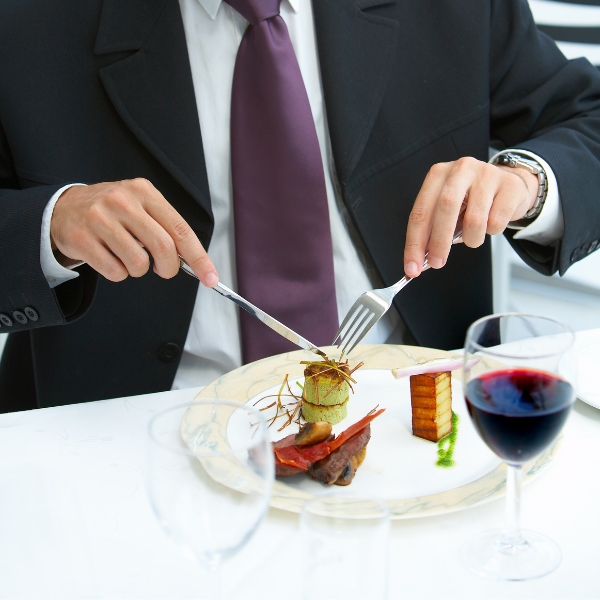
What Is Edible Serveware?
Edible serveware refers to utensils, containers, and dishes that are made from food-grade materials and intended to be consumed alongside or after the meal. Common examples include:
-
Bread bowls for soups and salads
-
Wafer-based spoons and forks
-
Cups and plates made from rice, wheat, or corn flour
-
Dessert cones or chocolate cups for sweets and beverages
The concept isn’t entirely new—bread bowls and ice cream cones have long doubled as both food and vessel—but recent innovations have expanded the category in both creativity and functionality.
The Sustainability Angle
One of the main arguments in favor of edible serveware is its eco-friendliness. Unlike plastic or even compostable items that still require processing and proper disposal methods, edible serveware leaves zero waste when consumed. If not eaten, many of these items are biodegradable and decompose far more quickly than traditional materials.
Key environmental benefits include:
-
Reduction in landfill waste
-
Lower carbon footprint from production (depending on ingredients and processing)
-
Minimal packaging needs
-
No cleanup or washing required in some cases
This aligns with the broader push for circular economy models in the hospitality and foodservice industries.
Challenges and Limitations
Despite its promise, edible serveware faces several practical challenges that hinder widespread adoption:
-
Durability and Functionality: Many edible utensils or dishes aren’t as sturdy as their plastic or ceramic counterparts. They may break or soften quickly, especially with liquids or hot foods.
-
Shelf Life and Storage: Edible items are prone to spoilage, require careful storage, and can attract pests if not handled correctly.
-
Cost: Production costs are currently higher than standard disposables, making it less appealing for budget-conscious establishments.
-
Consumer Perception: Some diners may be hesitant to eat their utensils, particularly if they’re not used to the concept or concerned about hygiene.
These hurdles highlight the need for continued innovation in both material science and consumer education.
Culinary Creativity and Brand Differentiation
For restaurants, caterers, and event planners, edible serveware offers a chance to stand out. It blends functionality with interactive dining and visual appeal, making it a popular choice for themed events, sustainable dining experiences, and social media-friendly presentations.
Consider:
-
Edible coffee cups made of cookie or biscuit dough in cafés
-
Savory spoons made from lentils or quinoa in gourmet tasting menus
-
Custom-branded edible cutlery at eco-conscious festivals
These applications not only reduce waste but also create memorable moments for customers.
A Gimmick or the Future?
So, is edible serveware a gimmick? In some cases, perhaps—it’s been used as a novelty to grab attention. However, dismissing it entirely overlooks its real potential. With ongoing development in food technology, growing environmental pressures, and consumer demand for innovation, edible serveware could evolve into a mainstream solution, particularly in controlled settings like fast-casual eateries, catered events, and sustainable food ventures.
Edible serveware sits at the intersection of sustainability, culinary art, and consumer curiosity. While not without its drawbacks, its potential to disrupt wasteful dining practices and inspire more mindful consumption makes it far more than a passing trend. With refinement and investment, what once seemed like a quirky gimmick might just become a staple of tomorrow’s eco-friendly dining experience.






